
For Sale Jaguar XJR9 Motorsport Retro
The Jaguar XJR-9 is an iconic endurance racing car that competed in the late 1980s and early 1990s. Developed by Tom Walkinshaw Racing (TWR) in partnership w.

Jaguar XJR9 the anatomy of a Group C racer
New, Demo and Used Cars for Sale at Autotrader. Free AutoRecord Vehicle Report Available! Easy & Stress-Free Search Tools To Help You Find Your Next Car Fast on Autotrader.com.au.
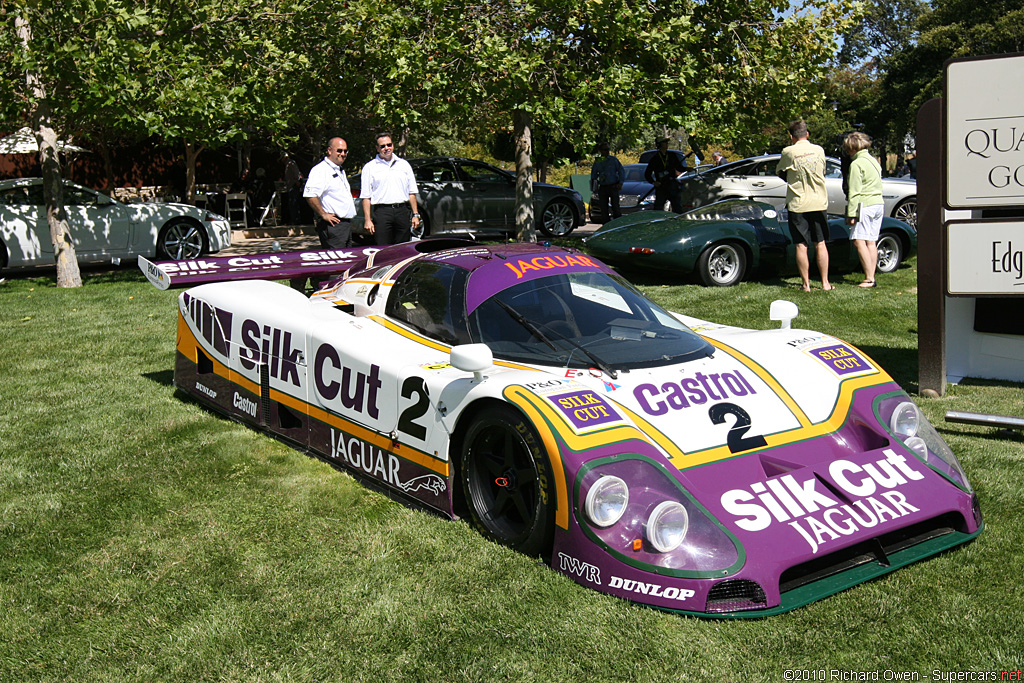
Jaguar XJR9LM
Jaguar XJR-9, sponsored by Castrol, had a competitive debut at the 1988 24 Hours of Daytona and took the overall win. The winning car #60 was driven by Martin Brundle, Raul Boesel, John Nielsen and Jan Lammers. The car #61 finished 26th. The team scored one more victory in the last race of the season and finished third in the constructor's.

Jaguar XJR9 Wikipedia
The Jaguar XJR-9 is a sports-prototype race car built by Jaguar for both FIA Group C and IMSA Camel GTP racing, debuting at the 1988 24 Hours of Daytona. Development [ edit ] An evolution of the design for the XJR-8 , the XJR-9 was designed by Tony Southgate , built by Tom Walkinshaw Racing (TWR) and featured a Jaguar 7.0-litre V12 engine based on the production 5.3-litre engine as used in the.
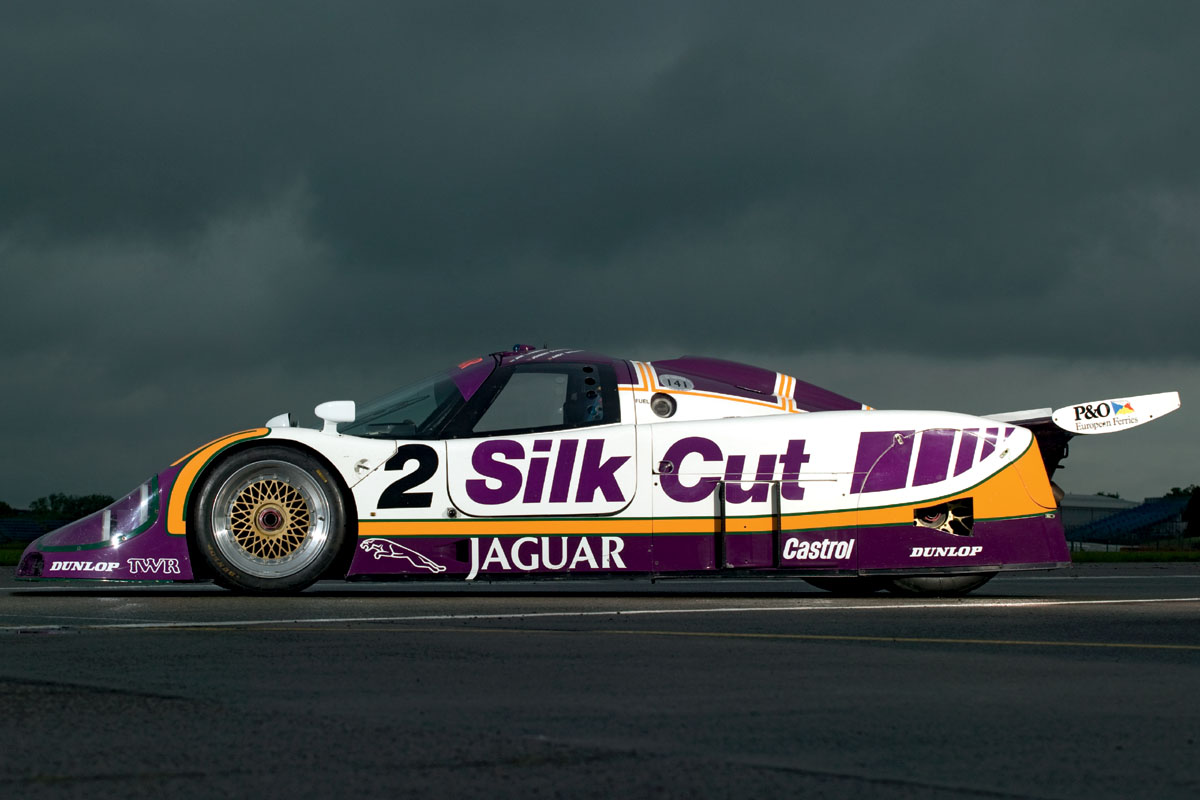
Jaguar XJR9 evo
It may be an XXL-sized sedan but the Jaguar XJR has a body made of light weight aluminium and a heart that beats hard and fast. At 1870kg the $298,000 XJR is barely heavier than size-smaller.
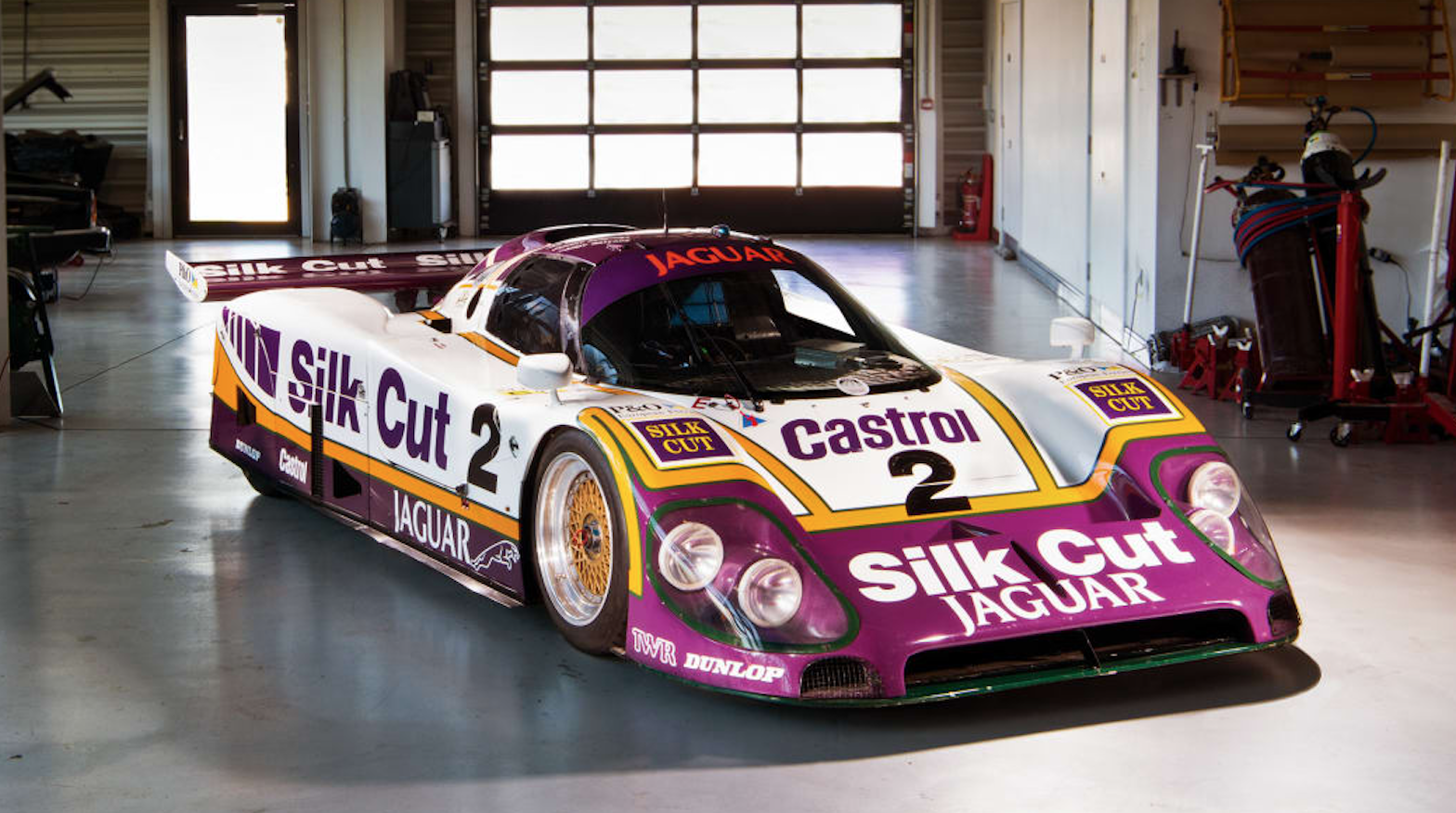
Jaguar XJR9 anatomy of a Group C racer Automotive Daily
It grew to 7 litres and around 700bhp for 1987's XJR-8, and was retained for 1988's XJR-9 and used at Le Mans in 1989. The ultimate V12-powered Jag was the XJR-12, purely for Le Mans in 1990/.
.jpg/revision/latest?cb=20170620063303)
Image Jaguar XJR9 LM Race Car '88 (GT6).jpg Gran Turismo Wiki FANDOM powered by Wikia
But thanks to the incredible torque of its 7.0-liter V12, that wasn't a big deal. Jaguar's 1988 victory at Le Mans was notable for a number of reasons. It was the brand's first since 1957, and it.
1988 Jaguar XJR9 Wallpapers and HD Images Car Pixel
However, Jaguar's luck at Le Mans continued to falter, with Porsche continuing their dominance of Circuit de la Sarthe; the XJR-9 would put paid to that. CHASSIS TWR-J12C-388 Constructed from carbon fibre and Kevlar materials, the monocoque for chassis TWR-J12C-388 began life in mid-July of 1987 at Advance Composite Technology in Derbyshire, with the final product finished in October of the.
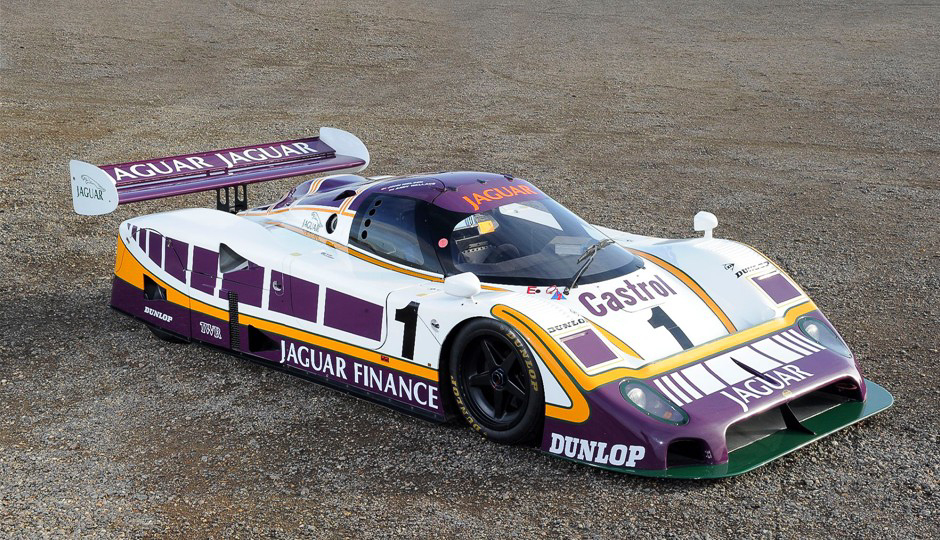
For Sale Jaguar XJR9 Motorsport Retro
The Jaguar XJR-9 was one of the most successful sportscars of its generation, and the 1988 winner of the 24 Hours of Le Mans was on show at Autosport Interna.

Jaguar XJR9 LM High Resolution Image (14 of 18)
This strategy would give Jaguar two chances at Le Mans glory. Group 44 had a clear head start as their mid-engined Jaguar XJR-5 was ready late in 1982. The car sported an aluminium monocoque and used the Jaguar V12 engine as a fully stressed member. The car was raced with considerable success in 1983, highlighted with a class win at Road Atlanta.
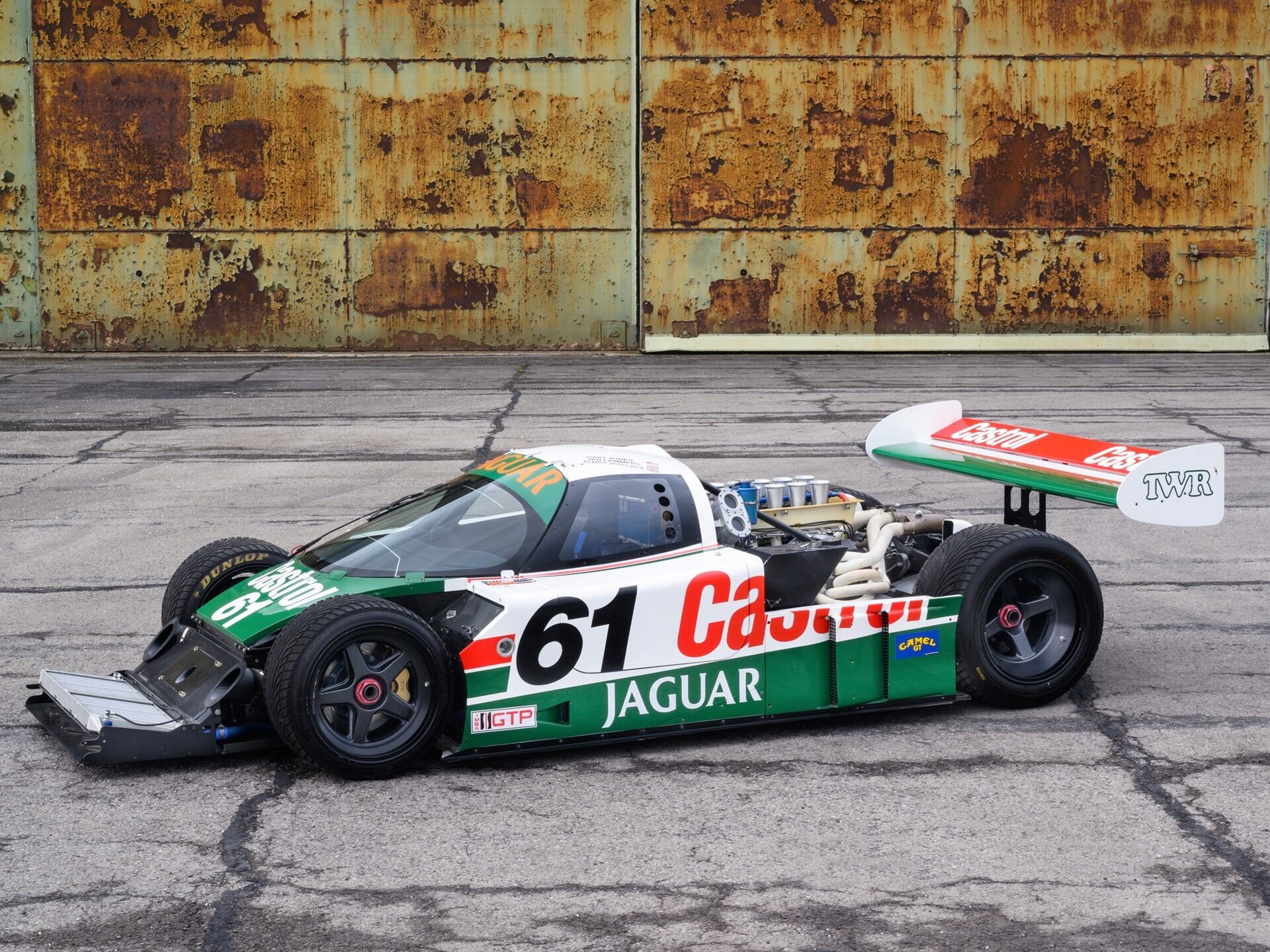
Jaguar XJR9 'Castrol Racing' for sale at RM Sotheby's Endurance Info
The Jaguars were clocking 240mph, and the Lammers/Dumfries/Wallace car even more. 'There were two things you had to be careful of with the XJR-9,' says Wallace. 'First, on Mulsanne it moved.
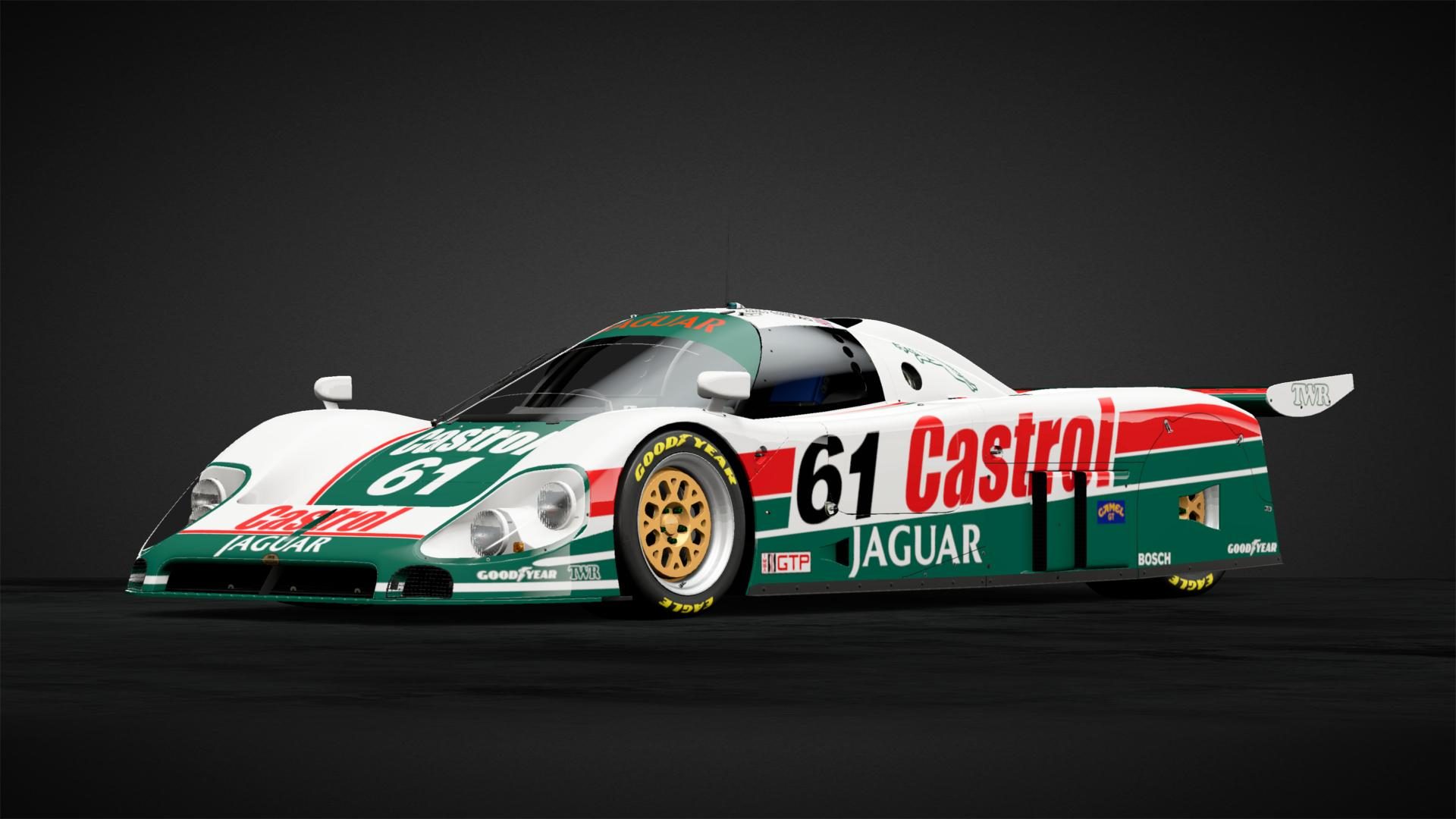
Castro l Jaguar XJR9
Find the deal you deserve on eBay. Discover discounts from sellers across the globe. Try the eBay way-getting what you want doesn't have to be a splurge. Browse Xjr!

1988 Jaguar XJR9 Castrol lemans race racing lemans wallpaper 2560x1600 601063 WallpaperUP
The Jaguar XJR-9 was a prototype race car built for both Group C and IMSA Camel GTP, debuting in at the 1988 24 Hours of Daytona.. An evolution of the design for the XJR-8, the XJR-9 was yet again built by Tom Walkinshaw Racing (TWR), and featured a Jaguar 7.0-litre V12 based on the production 5.3-litre engine from the Jaguar XJS.A variant of the XJR-9, the XJR-9LM, would be developed.
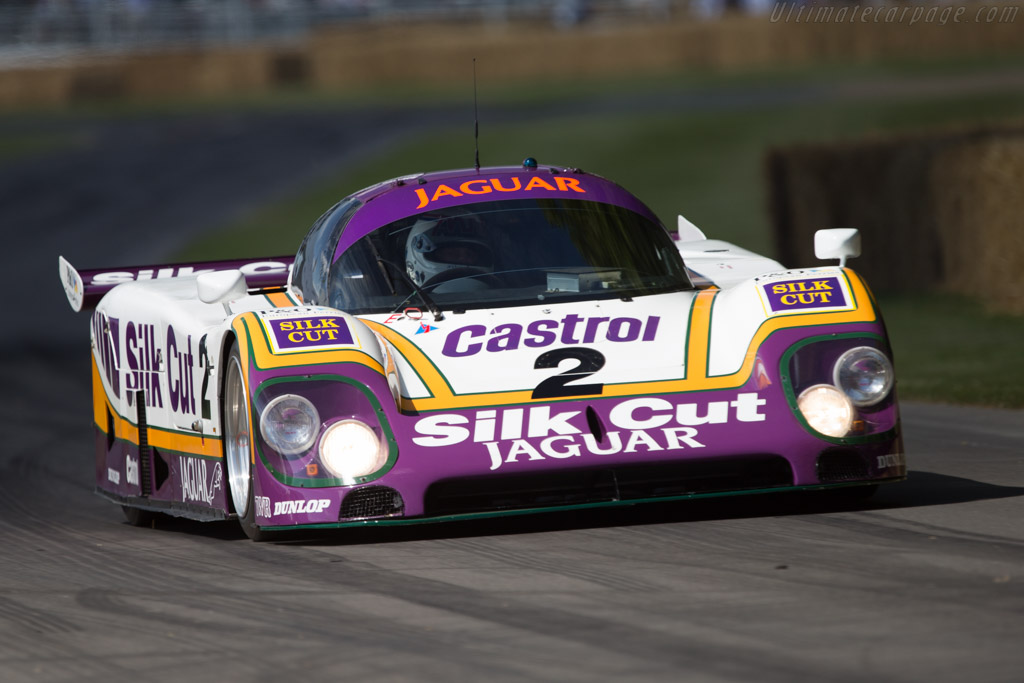
Jaguar XJR9 group C (1988) Racing Cars
Sep 18, 2020. Sir John Egan, the man who pulled Jaguar out of the state-owned morass that was British Leyland, was a shrewd salesman. He knew Jaguar had enough money to launch the XJ40 sedan in.

Remembering the Jaguar XJR9, V12 Racer and Le Mans Winning Car
It grew to 7 litres and around 520kW for 1987's XJR-8, and was retained for 1988's XJR-9 and used at Le Mans in 1989. The ultimate V12-powered Jag was the XJR-12, purely for Le Mans in 1990/1991, powered by a near-560kW, 7.4-litre evolution. The naturally aspirated '12' had its good and bad points. Positives were its tractable, good.
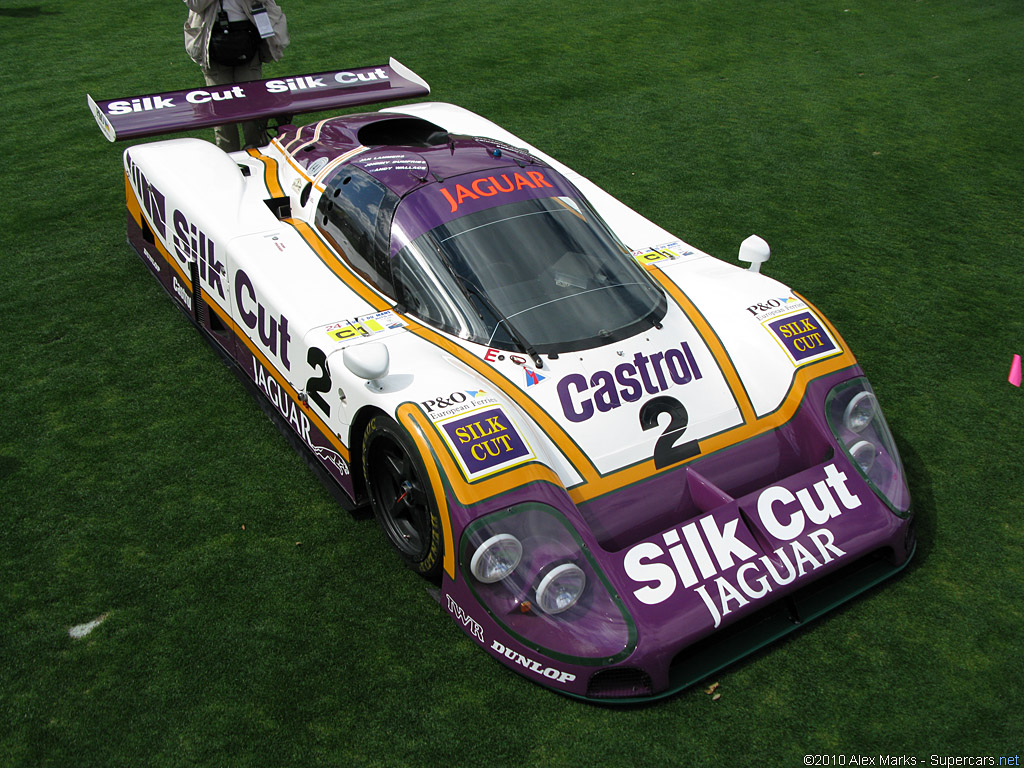
Jaguar XJR9LM
In 1988 Jaguar went to Le Mans in strength, with an entry of five XJR-9 cars, all powered by the Jaguar V12 engine producing 650 bhp from 6.0 litre engines or 750 bhp from the bigger 7.0 litre engines. Two of the cars retired but the remaining three went on to finish first, fourth and sixteenth. The winning Jaguar, driven by Jan Lammers, Johnny.